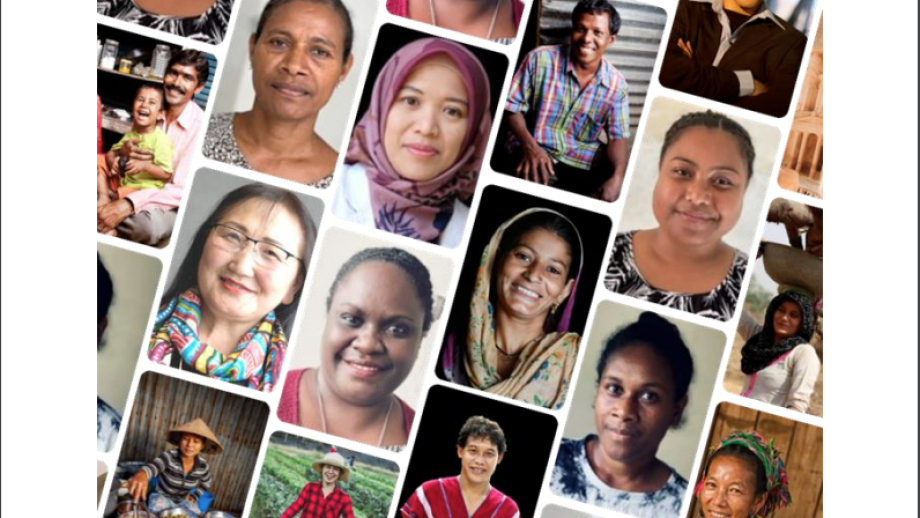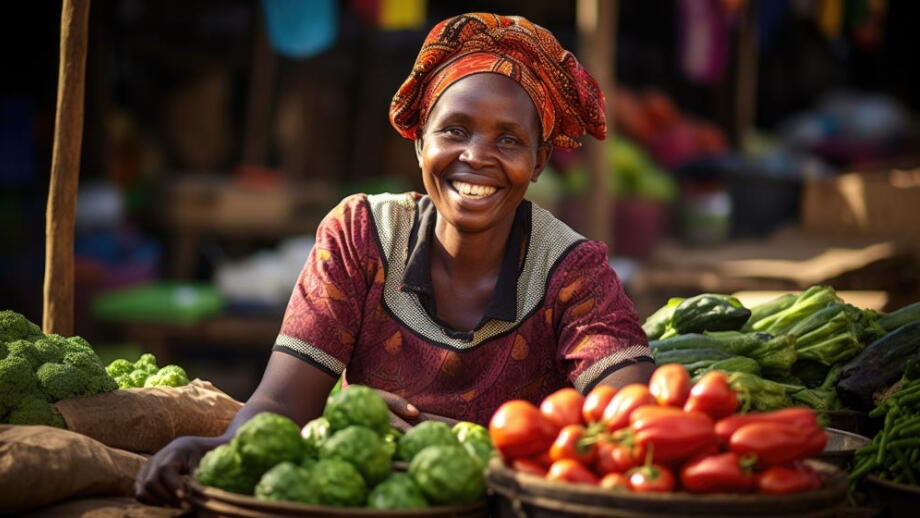The literature on climate entrepreneurship is burgeoning, yet key entrepreneurial concepts lack an explicitly feminist or gender lens approach, even whilst being inextricably linked to effective climate action. In this literature review, Elise Stephenson and Sarah Furman seek to rectify this gap by promoting climate just entrepreneurship as a model for effective climate action.
By: Elise Stephenson and Sarah Furman
Posted on
Key findings
Climate change is one of the greatest challenges facing society today and it’s a “threat multiplier” for existing gender (and other) inequalities – meaning women and marginalised groups are most at risk of climate disasters. Climate entrepreneurship has been identified as a key approach to tackle the climate emergency, yet gender has been notably absent from the conversation.
This is problematic because entrepreneurship is not “gender neutral” and without dedicated focus and a gendered “lens” applied to these common entrepreneurial models, systemic gender inequalities will continue to be embedded and gendered issues will continue to be overlooked as practices are developed to tackle climate change. Not only is this bad news for gender equality, but it also hinders the effectiveness of these approaches for tackling the climate emergency – it’s a lose-lose.
The literature on climate entrepreneurship is burgeoning, yet key entrepreneurial concepts lack an explicitly feminist or gender lens approach, even whilst being inextricably linked to effective climate action. In this literature review, Elise Stephenson and Sarah Furman seek to rectify this gap by promoting climate just entrepreneurship as a model for effective climate action.
Through analysing the literature for critical gaps and exploring the intersection of climate entrepreneurship and feminist, first nations and queer theories, the authors advocate that a framework for climate just entrepreneurship could play a pivotal role in combining proactive climate action and gender equality measures through entrepreneurship. It could also be a significant step towards ensuring entrenched, systemic inequalities are not perpetuated in nascent and rapidly evolving fields such as the circular economy, social enterprise and climate entrepreneurship.
Contact
You may also like
Climate change reporting in the Australian media
Climate change is one of the most important challenges we face, and we knew we could present a new angle on Australia’s climate change discourse. In conversation with RMIT’s Circular Economy Hub, we identified an opportunity to analyse Australia’s media reporting on climate change over the past three decades.
Career barriers and motivations for people working in disaster risk reduction
We partnered with the United Nations Office for Disaster Risk Reduction (UNDRR) to undertake research to better understand career motivation and barriers among women and men working in disaster risk reduction in the Asia-Pacific region. In particular, we hoped to develop a clear picture of women and men’s workplace experiences, including for example, how they are treated by others, the availability of role models, experiences with discrimination, and the quality of their relationships inside and outside of work
The role of women’s leadership in cultivating a gender responsive circular economy
Climate change is one of the greatest challenges facing humanity today and requires accelerated action to ensure a sustainable future. The circular economy (CE) is emerging as a solution to some of the problems created by human-induced climate change. Through its emphasis on reducing and eliminating waste output, this model seeks to construct more sustainable ways of producing and consuming. However, circular initiatives often fail to consider social and particularly gendered dimensions, and as in other entrepreneurial models, frequently eliminate women from leadership positions. This research assesses the possible role of women as leaders in cultivating a gender responsive CE, allowing the full potential of this innovative economic model to be realised.




